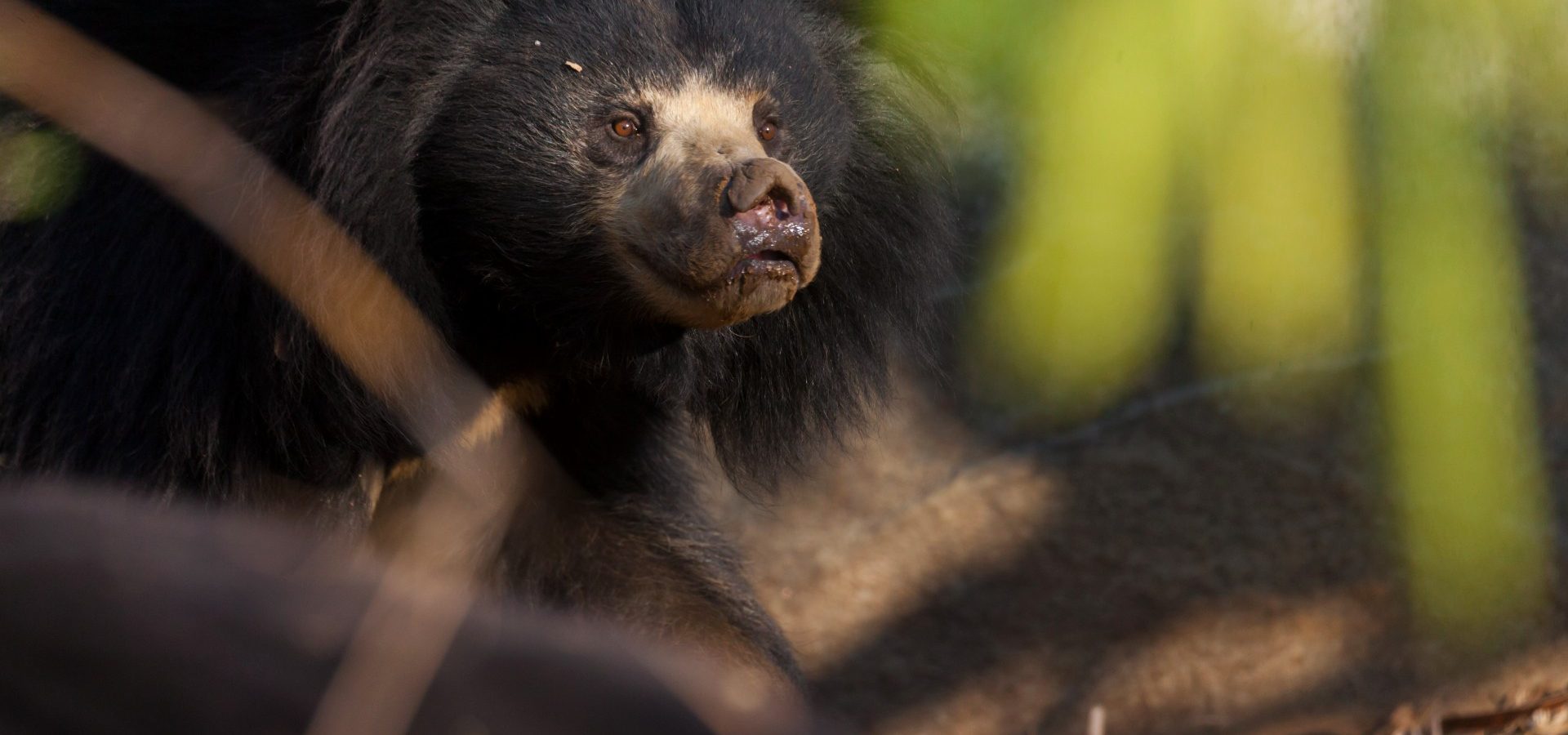There are a total of eight bear species in the world. Some have made their way into pop culture, like the Brown Bear as a plushie for kids, and the Panda as a fun-filled character of the animated film, Kung Fu Panda (2008). However, of all these 8 species, 6 are listed as “vulnerable” by IUCN Red List of Threatened Species (2016). The tales of these bears are ridden with distress. Some are hunted for bile extraction, some for “dancing”, and some casually for sport, while others lose their natural habitats to human endeavours. Let us take a look at these bear species, (some of which are found in India), and the threats they face.
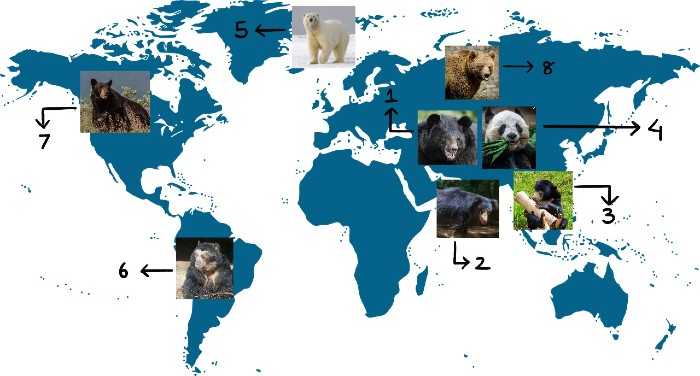
1. Moon Bear: Used for Bile Farming
The Asiatic Black Bears (Ursus thibetanus), also known as Moon Bears, are found across East Asian countries, like Nepal, Pakistan Afghanistan, Bangladesh, Bhutan, Vietnam, Cambodia, Indonesia, Democratic People’s Republic of Korea, Thailand, Myanmar including India, where it is found in the Himalayan region. They are medium-sized and covered in black fur, with a distinct crescent-shaped white patch on the chest. This bear has rounded ears sticking out from the sides of its head. They are excellent climbers and can manage to walk on their hind legs for a long time.
Poached from the wild or bred in captivity, moon bears are the most common victims of bile farming. Bile is extracted through intrusive methods like poking a four-inch needle into the bear’s gallbladder, causing them immense pain.
Bear bile is used in some traditional Asian medicines. To acquire bile time and again, these bears are crammed into cages for their entire lives. Within these “crush cages” all their lives, many of these bears lose their teeth as they attempt to gnaw their way out of the metal bars. Though there are various herbal and cruelty-free alternatives to bear bile, this inhuman practice continues to threaten the lives ofAsiatic Black Bears.
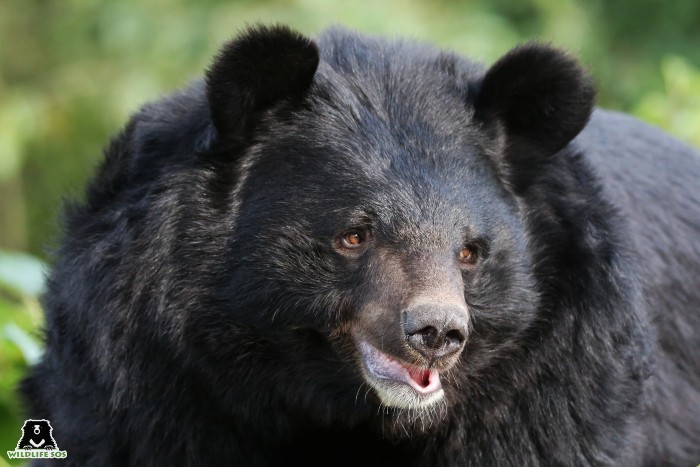
2. Sloth Bear: Dancing Bears of India
Sloth Bears (Melursus ursinus) are listed as “vulnerable” according to the IUCN Red List of Threatened Species. They are native to India, Nepal and Sri-Lanka. Once upon a time, they were also found in Bangladesh, but they are now regionally extinct there. These bears have long, shaggy dark brown or black fur and curved claws. Sloth bears have the longest claws out of all bear species in the world, and they use these to dig up termites and worms for their main diet.
Sloth bears in India were used in the cruel dancing bear tradition for over 400 years. Sloth bear cubs were poached from the wild, and their muzzles were pierced with hot iron pokers. A rope was inserted through this piercing, which when tugged would prompt the bear to stand up and “dance”, much to the amusement of viewers. This reaction by the bear was, in reality, the bear writhing in pain.
Wildlife SOS successfully rescued and rehabilitates over 628 sloth bears from this practice. These bears were placed under lifelong care in rescue centres. You too can support the conservation of these bears by donating to their care. Wildlife SOS also worked to rehabilitate the Kalandar community, which was inherently dependent on this dancing bear tradition for their livelihood. (Support our conservation efforts by sponsoring the education of Kalandar children!)
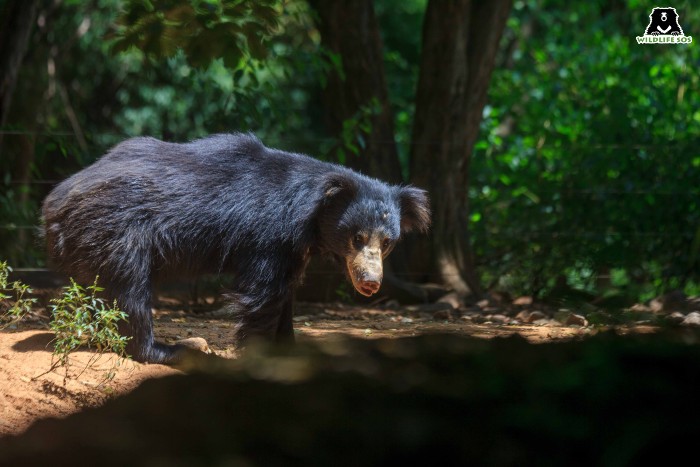
3. Sun Bear: Commercial Hunting
The sun bear (Helarctos malayanus) too is listed as “vulnerable” according to the IUCN Red List Threatened Species. It is the smallest of all bear species with dark brown or black fur. Sun bears are mainly found in Southeast Asia, including India, Cambodia, Malaysia, China, India, Indonesia, Myanmar, Thailand, and Vietnam. They get their name from the orange-cream patch on their chest. They are excellent climbers and prefer to spend their time on trees.
These bears are hunted for many commercial reasons including bile farming and illegal pet trade. Though hunting these bears is illegal in most places, it is not well-enforced, leading to these bears in the pet trade. Various locals kill these bears as they consider them a menace that stands in the way of their farming, and destroys the crops. Sun bears who wander near villages are killed in human-animal conflict, and the cubs are then taken away to be sold off.
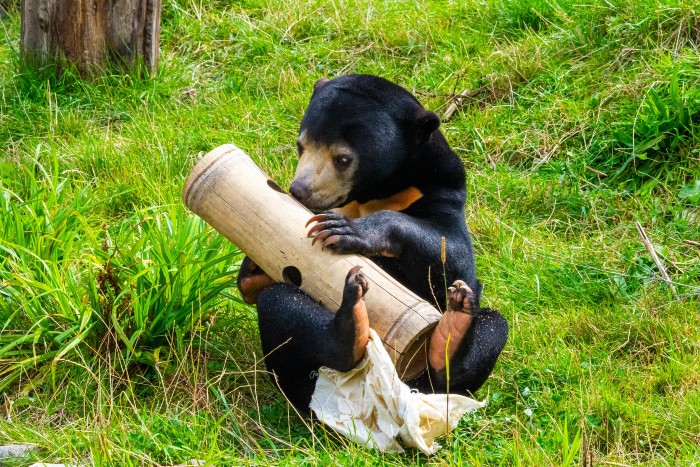
4. Giant Panda: Victims of Fragmented Forests
The Giant Panda (Ailuropoda melanoleuca) is listed as “vulnerable” by the IUCN Red List Threatened Species report, 2016 and there are only about 1,864 of them surviving in the wild. They can be found in the forests of southwest China, though once upon a time, they covered a much larger range within the country.
The main threat to China’s pandas is habitat fragmentation. By increasing infrastructure projects like roads, dams etc in its rapid urbanization, China severely fragmented this bear’s natural habitat. Degradation and eventual loss of bamboo habitats on which pandas depend for survival resulted in starvation and deaths of many pandas. Poaching was also one of the major threats to panda habitats until China put in place some wildlife protection measures to curtail such practices. The people of China have been making intensive efforts to recover the population of this bear.
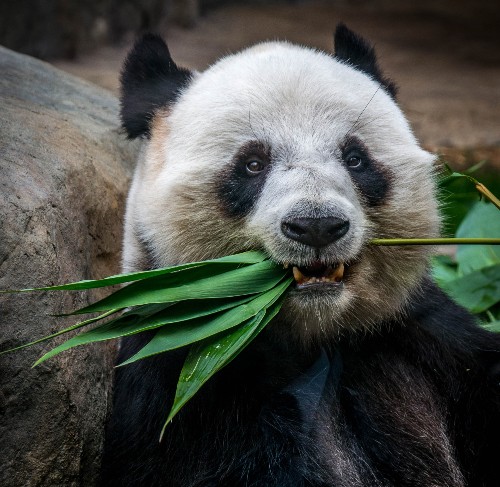
5. Polar Bear: A Melting Population
Polar bears (Ursus maritimus) live in the cold arctic region, where they rely on sea ice to hunt, travel and mate. They are well adapted to the freezing temperatures and are a critical species to the maintenance of the arctic ecosystem. They are large white bears, with a thick layer of fat underneath their water-repellent coat that protects them against the cold.
These polar bears are evidence of the unfortunate consequences of global warming. They are threatened by the melting of arctic ice which is their very own habitat. Lack of ice means a lesser range for hunting, leading to starvation and declining health among the polar bears. Just as the safe habitat to procreate and raise their cubs declines, so does the polar bear population. Many times, the weak and melting ice becomes unstable for the mother to return to her den. Aside from the pressure of their habitat literally melting away underneath their feet, these polar bears also have to worry about chemical poisoning and ingesting toxins through contaminated prey and water. The IUCN Red List of Threatened Species in 2015 declares them to be a vulnerable species.
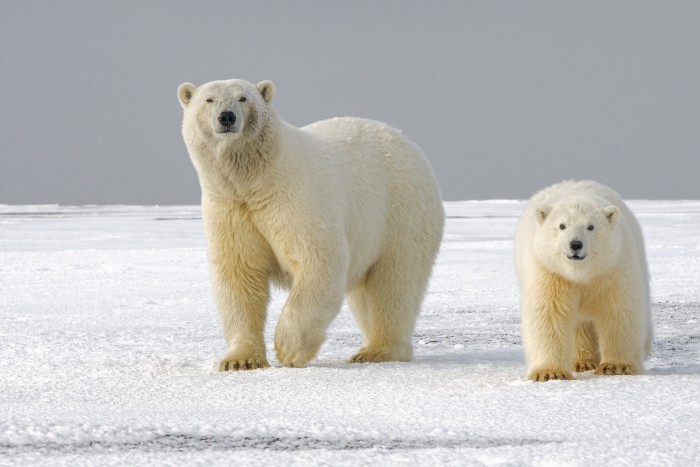
6. Spectacled Bear: Dwindling Forests
The Spectacled Bear (Tremarctos ornatus) gets its name from the beige marking around its eyes and on its chest, though not all can be found having this feature. They are medium-sized bears with black fur and are also known as the Andean bear. They are endemic to South America and live in various mountain habitats. There is a lot that is yet to be researched about this reclusive bear species.
This bear is listed as vulnerable according to the IUCN Red List Threatened Species in 2016 and faces a great threat due to the destruction of its habitat. Humans have vastly encroached on forests inhabited by this bear to build roads and plant illegal crops like coca and opium. They often wander close to human habitats and are blamed for hunting cattle and destroying crops. Hunting of these bears is prevalent and it is reported that 200 Andean bears are killed every year.
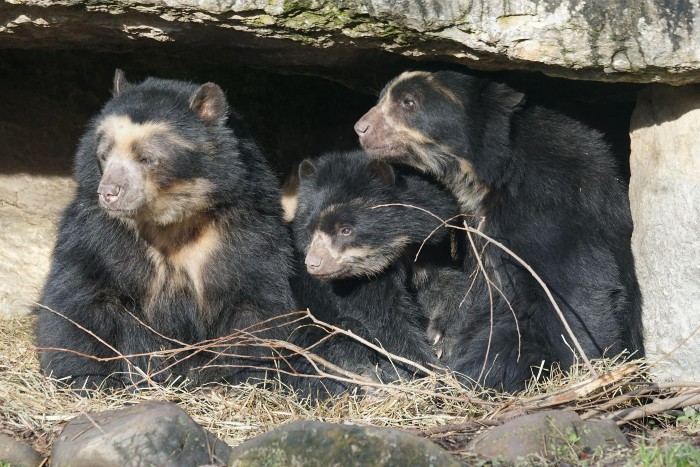
7. North American Black Bear: Facing Habitat Invasion
The North American Black Bear (Ursus americanus) is not always black in colour, unlike what the name implies. This bear can be found with black, brown, and even white fur. It is mainly found in North America as well as in some parts of Mexico. It is listed under “Least Concern” according to the IUCN Red List of Threatened Species in 2016. This is one of the only two bear species that isn’t facing a major threat at a global level.
However, this doesn’t imply that this bear isn’t facing any dangers. Most threats to this bear come from human activities like vehicle collisions, hunting, poaching and by losing habitats to construction of homes, ski resorts and golf courses.
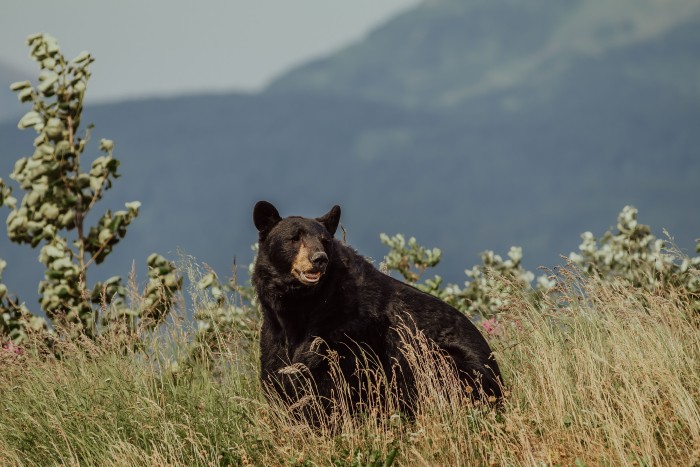
8. Brown Bear: Targets of Human-Wildlife Conflict
Brown Bear (Ursus arctos) is listed as “Least Concern” under the IUCN Red List of Threatened Species in 2016. It has various subspecies which can be found scattered across parts of Nepal, Tibet, west China, north India, Pakistan, Uzbekistan, Tajikistan, Kyrgyzstan, North America and some parts of Europe. This omnivorous bear is fairly large in size, with fluffy brown fur. The main threats to this bear also comes from human-animal conflict, with this bear being shot down by people when they come close to human settlements.
Wildlife SOS works with the Himalayan brown bear (Ursus arctos isabellinus), having rescued one named Sebastian from human-animal conflict. Despite their IUCN status, the Himalayan sub-species is a victim of many threats. In its study on Himalayan Brown Bears, Wildlife SOS found that these bears are increasingly becoming dependent on garbage and other plastic waste for their appetite in tourist locations, leading to obesity and other dire consequences.
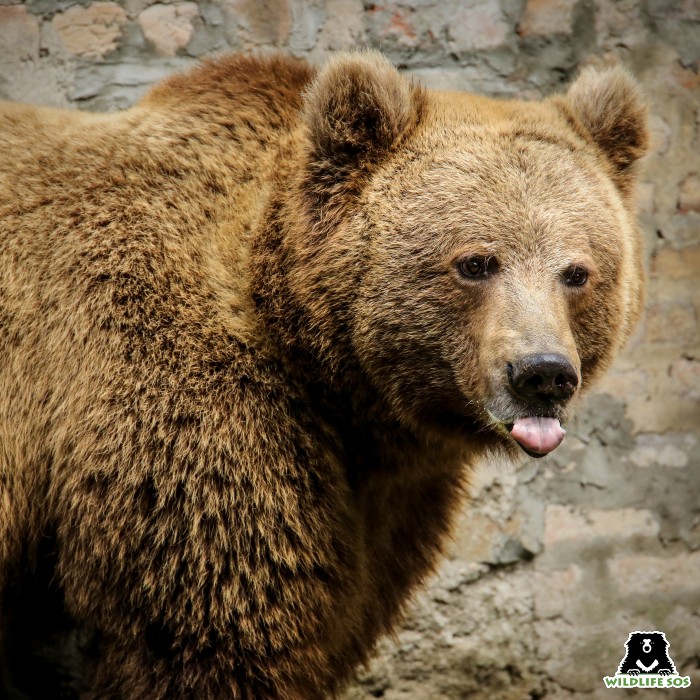
Perhaps now whenever we spot a teddy bear on shop shelves, we should contemplate the reality of how bears are being threatened by various factors, just to survive.
If you wish to support our work with sloth bears, you can contribute to us here!

